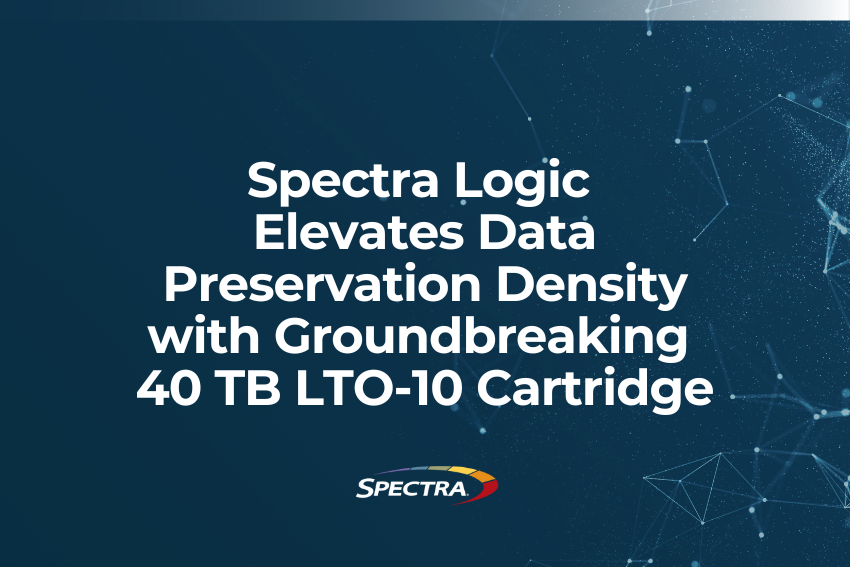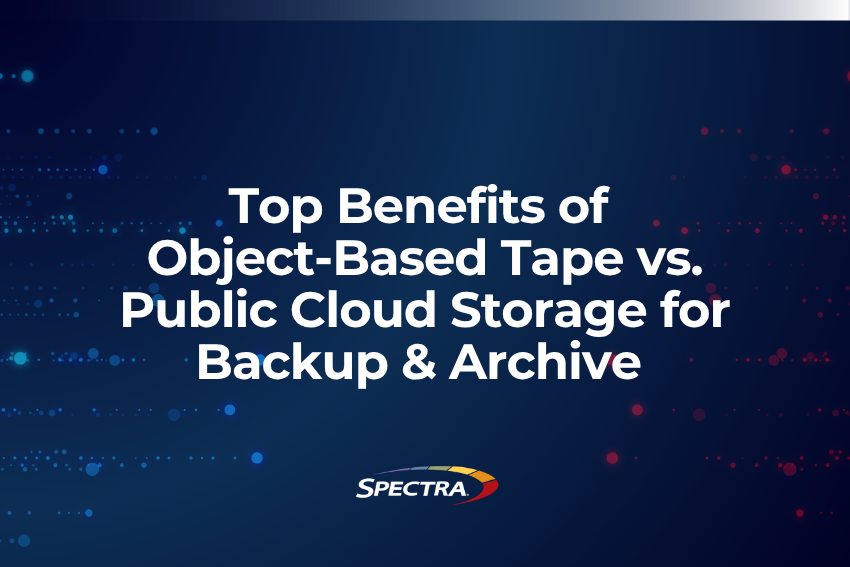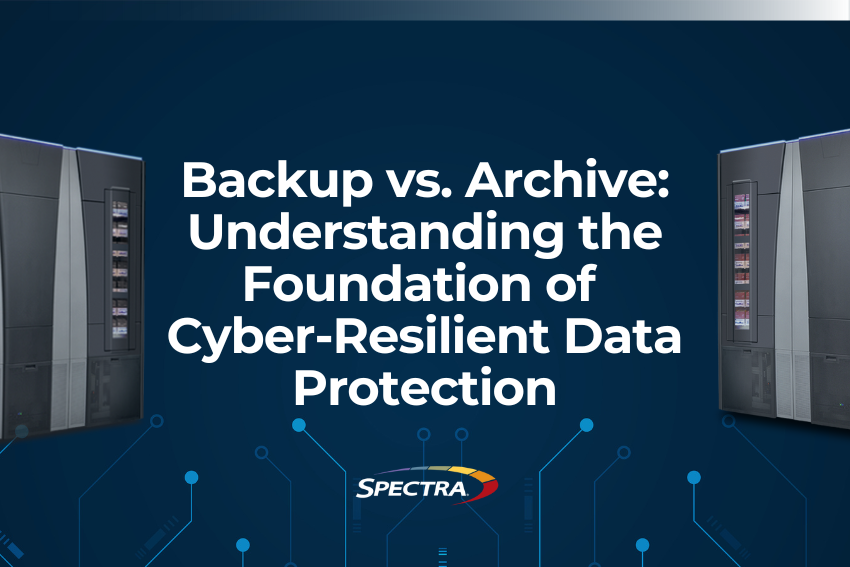
By Jenna Blumenfeld,
Contributor
With federal funding in flux, American universities face a critical choice: optimize data storage spending now or risk stalling the research that defines them.
Shortly after Sputnik completed its 98-minute orbit around the earth in 1957, the federal government began aggressively funding U.S. research universities. Sputnik sparked a national effort to cement America’s legacy of global technological dominance — and federal support was an integral way to kickstart a new era of scientific innovation.
The goal?
Help budding researchers find treatments for the most lethal diseases.
Grow increasingly fruitful crops.
Build resilient defense programs.
And, of course, beat the Soviet Union to the moon. Sputnik even catalyzed the National Defense Education Act, which established the legitimacy of federal funding of higher education. It passed the following year in 1958.
Since then, higher education institutions and the federal government have been financially intertwined.
In 2023, American universities spent $60 billion in federal money for research and development — funds that fueled discoveries ranging from cancer therapies to climate modeling to engineering marvels. These innovations have led to countless commercial applications, including GPS, the iPhone, the flu shot, and limb prosthetics, to name a few.
But now, research universities face an uphill path to federal funding, causing many IT departments to scrutinize research infrastructure costs and find opportunities for savings.
Rethinking archival data storage strategies from disk-only to tape-based solutions can help universities stretch their dollars — and prepare for an unpredictable future.
Data Volumes Are Increasing, Budgets Are Not
Despite financial headwinds, universities are generating data at an unprecedented pace.
Modern technology — such as increasingly sensitive sensor arrays, high-definition medical imaging, advanced microscopes, genetic sequencers, high-performance computers, and more — enables scientists across disciplines to collect, process, and interpret data with greater precision than ever before. One example: In January 2025, Iowa State University acquired a sophisticated mass spectrometer that enables researchers to study protein molecules with three-to-six times the resolution of their previous instrument, marking a massive increase in lab-generated data.
Machine learning and AI computing is drastically heightening data volumes, too, making multi-exabyte data storage solutions a reality.

Improved data granularity is clearly a boon for scientific breakthroughs.
But for many colleges, managing this meticulously collected data efficiently on a shrinking budget is a constant challenge.
According to a recent Internet2 report surveying 32 U.S. research universities, institutions must balance such rapid data growth with:
- Data retention mandates from federal agencies
- Increasingly stringent data security protocols
- Limited funding for long-term, archival storage after grant periods conclude
- Unpredictable cloud data storage costs
Selecting a data storage solution that can withstand an uncertain present will safeguard the most important scientific discoveries of tomorrow.
Tape Offers Cost-Effective Data Storage for Higher Ed
Pioneering institutions such as Notre Dame University, Purdue University, Stanford University, and many others are adapting — and upgrading — their infrastructure to include low-cost, tape-based storage options.
Why?
While cloud-only storage can come with hidden fees, vendor lock-in, and access delays, tape libraries offer the lowest cost-per-gigabyte options available. They also deliver the speed, security, flexibility, and scalability needed to support research, teaching, and compliance.
For example, when the University of South Dakota’s Research Computing Group (USD) outgrew its 470-terabyte disk-based system — which archived data from two supercomputers, Lawrence and Legacy — IT leaders turned to a Spectra Logic T380 tape library capable of storing up to 4.5 petabytes of data.
This hybrid solution combines the accessibility of network-attached storage with the long-term protection, cost-efficiency, and scalability of tape.
“A core requirement of our solution was its shareability across all stakeholders,” explained Douglas Jennewein, director of research computing at the University of South Dakota. “The tape library greatly improved data accessibility and usability for USD researchers and administrators alike.”
Tape Supports Higher Ed Sustainability Goals

As universities continue to build supercomputers to advance scientific discovery, they must balance the environmental impact of these energy-intensive systems with the amazing benefits they provide.
Consider the Gainsville-based University of Florida (UF), for example.
The school’s NVIDIA AI Technology Center — a joint research institution home to the HiPerGator supercomputer — recently received the NVIDIA DGX B200, an AI platform with eight NVIDIA Blackwell GPUs. Designed for demanding AI workloads, the DGX B200 has a 14.3 kW max power consumption. To fuel this sophisticated technology, the UF data center has advanced cooling systems, ample electricity, and hefty generators in case of hurricane-caused outages.
In short, supercomputers like the HiPerGator are energy hogs.
To sustain the power demands of these high-value machines, universities can conserve electricity by storing infrequently accessed cold data on tape-based infrastructure, which consumes only a fraction of the energy when compared to disk-only storage systems.
In fact, research shows that storing 100 petabytes of data on tape instead of HDDs can cut carbon emissions by up to 97%, according to the Horison Information Strategies Tape Outlook 2025.
With Spectra Logic solutions, institutions with aging tape systems can also migrate data seamlessly to new libraries using existing drives and media. This not only reduces e-waste and extends the life of prior investments, but also future-proofs data infrastructure.
As higher ed institutions accelerate their use of complex AI models and power- and water-thirsty supercomputers, adopting sustainable, scalable archival storage is more critical than ever.
Tape Helps Secure the Future of Academic Research
Universities must adapt their storage strategy to continue their missions of discovery, innovation, and impact — and quickly.
Tape-based data storage solutions offer a rare win-win by dramatically lowering storage costs and driving major sustainability gains while providing the flexibility, scalability, and accessibility required in dynamic academic research environments.
Despite funding challenges, institutions cannot afford to compromise on their storage infrastructure: the science and the data are simply too essential.
Smarter data storage decisions today will determine the research breakthroughs of the future.






